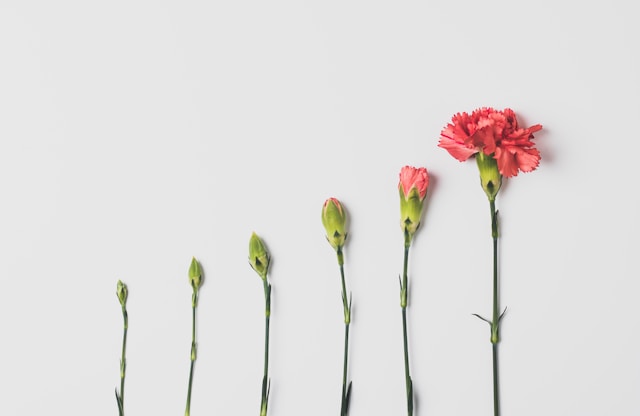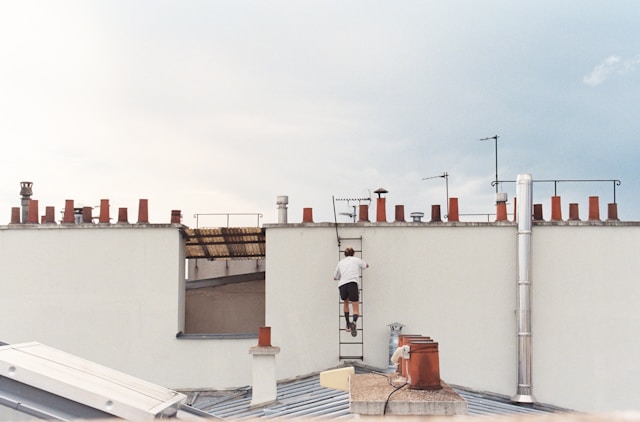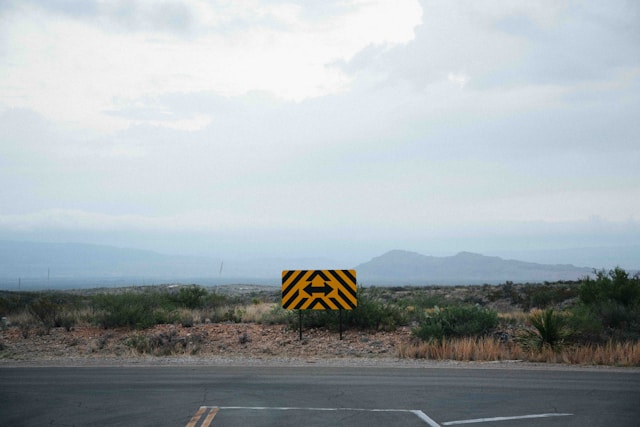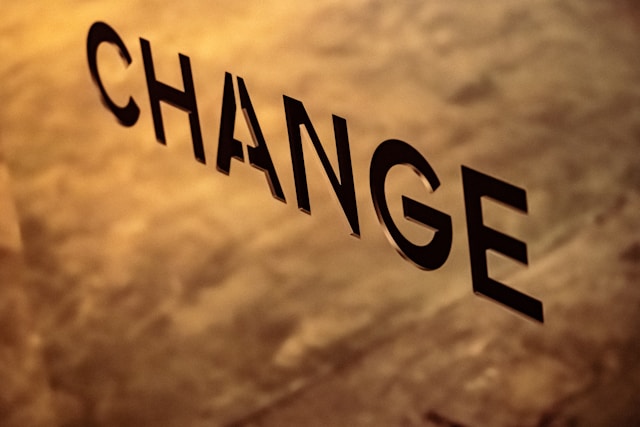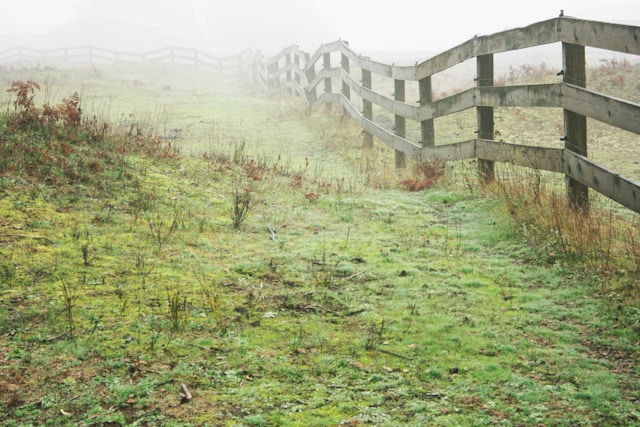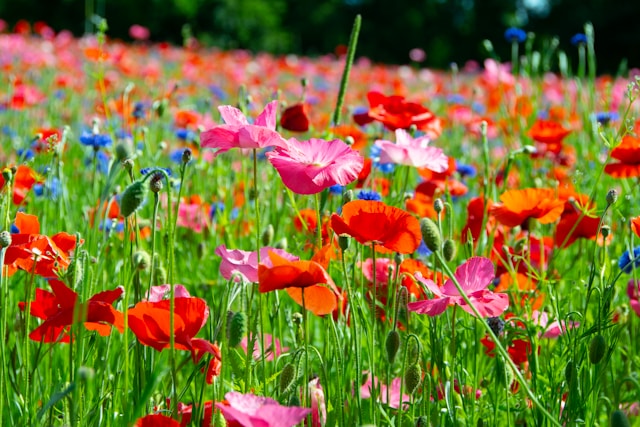“Conversation enriches the understanding, but solitude is the school of genius.”
—Edward Gibbon, 18th Century British historian
Today’s quote captures the profound truth about creativity and growth.
Conversation exposes us to new ideas, challenges our assumptions, and sharpens our thinking through dialogue and debate.
It’s through sharing and listening that we expand our understanding of the world.
True genius often requires solitude — a space free from distractions where original thoughts can flourish.
History’s greatest minds, from writers to inventors, have valued time alone to reflect, create, and pursue their unique visions.
While conversations build knowledge, solitude is where inspiration and innovation are born.
Embracing both allows us to learn from others and ultimately discover our own genius.
EXERCISE:
In what ways do conversations enrich your understanding?
How can spending more time alone unlock more of your hidden genius?


